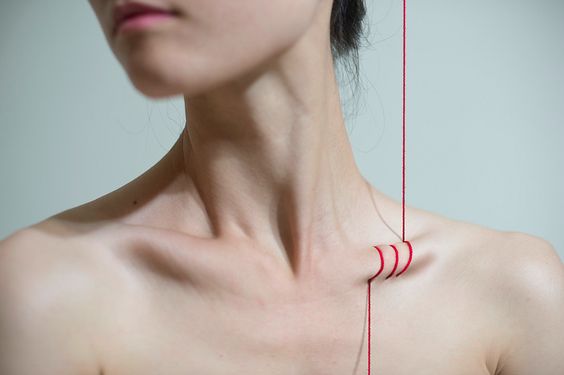The steel blade of a sharpener or knife, scissors or even the nails themselves are used to draw a horizontal line on the forearm, abdomen or thighs. Self-harm is, for many people, the outlet of emotional pain, a way to fill. emptiness, but above all, is also the translation of a poorly managed psychic malaise.
The first question that comes to mind, when we see these marks, some recent witnesses but others of a terrible practice of chronic self-harm, is: why, why would anyone want to intentionally hurt themselves?Sometimes they are cuts, sometimes it burns and sometimes it is the result of scratching constantly and insistently to cause an injury.
“You choose the place of the wound where we talk about our silence. -Alejandra Pizarnik-
The answer to this question is complex in the first place because while much of the population affected by this disorder are young patients, adults also suffer much more than originally thought; on the other hand, we cannot ignore a growing and alarming phenomenon: the impact of self-harm on social media and the great contagion power they have on adolescents.
It should also be said that while in the fourth version of the diagnostic and statistical manual of mental disorders (DSM) self-harm behaviors are considered a symptom and not a disorder, in its fifth edition it began to be considered an independent disease with its own symptoms it can also have comorability with other disorders, such as mood, anxiety , eating disorders, etc.
In turn, the American Psychiatric Association refers to it as “suicidal self-harm disorder” and defines it as a strategy in which pain is used to vent, relieve negative emotions, feel lonely, empty, isolated, divert attention from other problems, reduce feelings of anger, release tensions, or control accelerated thinking.
One thing many experts wonder about the clinical definition of this disorder is whether we are actually dealing with suicidal behavior, it is known, for example, that between 50 and 70% of people who self-harm have tried or will attempt suicide. at some point in your life cycle, the very end of these cuts, of these burns or lacerations, may not be suicide, of course, but behind this behavior there is a thought and psychological discomfort that, at some point, point, can have a bad result.
Despite this, we know that each case is unique, that each person has its own exceptional characteristics, but above all we feel that self-harm is the tip of an iceberg, it is only the ceiling of a buried and increasingly intense social phenomenon against which we should all be more sensitive. Authorities and social organizations, in turn, should also be more vigilant and interested in investigating what is behind all this.
“When I disconnect from anxiety and drama, then I relax. “This phrase is most repeated by teens between the age of 12 and 18 who practice excision or self-harm. This form of self-destruction is a bad adaptation to the stress or challenges of life, and is almost the same behavior of an addict who seeks to consume to “forget”.
While it is true that these types of injuries are just epidermal cuts and that these young people, for the most part, do not suffer from any border-limiting personality disorder, many of them have emotional, relational, academic problems, low self-esteem and a clear rejection of their physical image.
On the other hand, even if there are professionals who think that many times it is?Get attention? Or to show inner discomfort to others, it is worth saying that we are facing a much deeper problem and that, as we have pointed out, it also affects the adult population.
Marcos is 56 years old. He is a person with a very stressful working life and draws attention to something very special: in summer he always wears long sleeves, he is too careful that he never let go of his fist button. the T-shirt would roll up at any given time, you would see a map of horizontal wounds, old marks and some new ones.
“Every soul has its wounds. ” -Dominic Cieri Estrada-
Marcos is an example of a large part of the adult population; according to the universities of Oxford, Manchester and Leeds, for every 100,000 inhabitants, 65 adults are self-harming (a special mention must also be made to the elderly). of great relevance, since it has also been proven that the risk of suicide in these cases is very high, if we now wonder what is behind these behaviors, the answer is simple: intense and persistent negative emotions, strong self-criticism and great difficulty in the expression and management of one’s emotions.
The approach to self-harm is to first know what is behind this behavior. There may be hidden disorders (eating disorders, depression, obsessive-compulsive disorder, anxiety disorder?), realities that only professionals can determine.
However, although hospitalization is often recommended, this option should certainly be the last way, especially when suicidal behaviors or thoughts are already emerging. suicidal injuries and cognitions and symptoms of depression and anxiety.
On the other hand, family therapies, group dynamics, mindfulness-based therapies, and even behavioral dialectical therapy, to learn how to tolerate anxiety, frustration, controlling emotions, and improving relationships with others, are often very positive approaches to addressing the problem of self-harm.
Therefore, it is best to look for more useful, sensitive and reasonable solutions for the pain of life.

